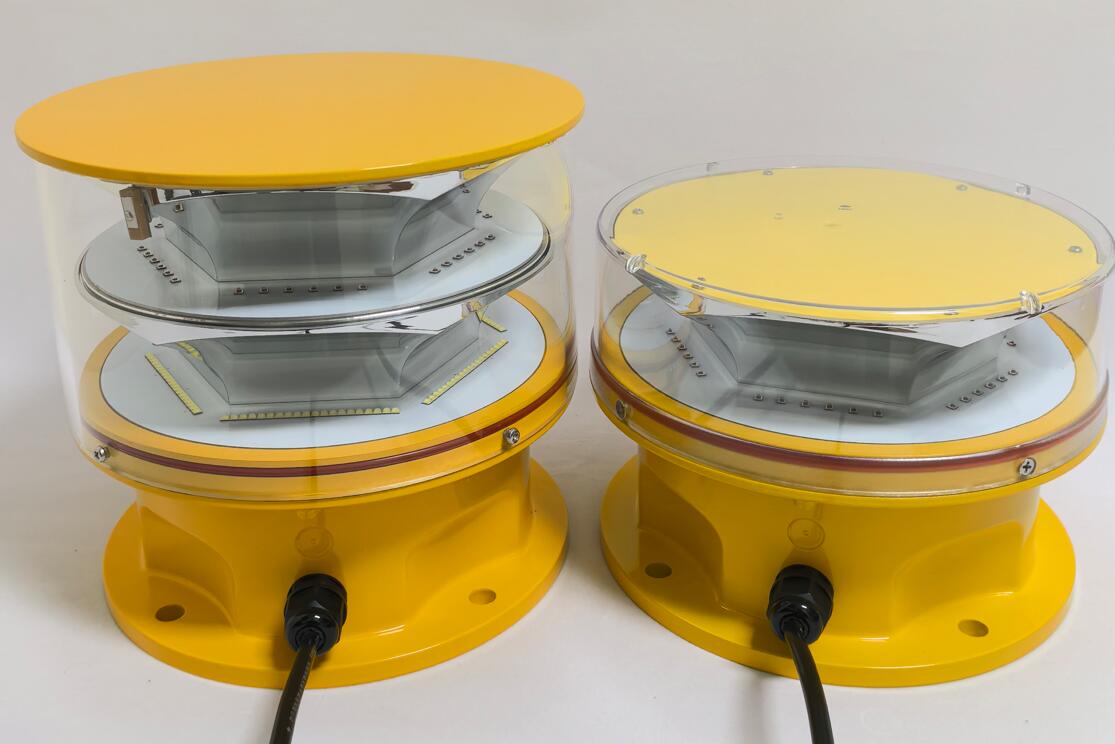Decoding the Value Proposition Behind Aviation Light Price Structures
The economics of aviation lighting systems present a complex equation where aviation light price reflects far more than simple manufacturing costs. These mission-critical components embody advanced engineering, rigorous certifications, and uncompromising reliability standards that collectively determine their market value. This analysis examines the multifaceted factors that shape aviation light price considerations while maintaining focus on the intrinsic value these systems deliver to global aviation safety.
The Safety Premium in Aviation Lighting
Certification-Driven Value Components
Every aviation light carries embedded costs from:
FAA TSO-C30/33 certification processes
ICAO Annex 14 compliance testing
MIL-SPEC environmental stress qualifications
Continuous airworthiness documentation
Engineering Excellence Factors
Premium pricing reflects investments in:
Aerospace-grade material selection
Computational fluid dynamics modeling
Photometric precision engineering
Electromagnetic interference hardening

Technology Tiers and Their Value Differentiation
Legacy Lighting Systems
Traditional technologies carry ongoing costs in:
Higher energy consumption profiles
Frequent bulb replacement cycles
Limited monitoring capabilities
Inflexible intensity control
Next-Generation LED Solutions
Modern systems deliver value through:
Solid-state reliability benefits
Adaptive brightness algorithms
Embedded health monitoring
50,000+ hour service life
Operational Economics Considerations
Total Cost of Ownership
Sophisticated buyers evaluate:
Installation complexity factors
Maintenance frequency requirements
Energy consumption profiles
Expected service lifespan
Downtime Prevention Value
High-reliability systems prevent:
Airfield closure incidents
Flight diversion scenarios
Emergency maintenance calls
Regulatory compliance failures
Specialized Market Dynamics
Concentrated Manufacturing Landscape
The industry features:
Fewer than a dozen qualified global manufacturers
Extensive vertical integration requirements
Specialized supply chain limitations
High R&D expenditure ratios
Customization Premiums
Project-specific requirements drive:
Unique optical configurations
Custom mounting solutions
Specialized coating requirements
Proprietary control interfaces
Emerging Value Drivers
Smart Infrastructure Integration
Next-gen systems offer:
Predictive maintenance capabilities
Remote configuration management
Automated performance logging
Cybersecurity-hardened designs
Sustainability Advantages
Environmental considerations include:
Reduced carbon footprint
Recyclable material content
Solar hybridization options
Lead-free manufacturing
Strategic Procurement Approaches
Lifecycle Cost Analysis
Informed decisions consider:
Warranty coverage terms
Spare parts availability
Retrofit compatibility
Technology roadmap alignment
Vendor Qualification Criteria
Evaluation parameters include:
Certification portfolio depth
Field performance history
Technical support capacity
Global service network
Future Value Trajectories
Advanced Materials Impact
Graphene and nano-materials promise:
Enhanced durability
Self-cleaning surfaces
Improved thermal management
Weight reduction benefits
Digital Twin Integration
Emerging technologies enable:
Virtual performance validation
AI-driven optimization
Failure mode simulation
Configuration management
The aviation light price paradigm represents a carefully balanced equation where safety imperatives, technological sophistication, and operational requirements converge. While acquisition costs represent just one component of the value assessment, the true measure lies in these systems' ability to ensure uninterrupted airfield operations and prevent catastrophic safety incidents. As aviation lighting evolves toward smarter, more sustainable solutions, the value proposition continues to expand beyond simple illumination to encompass comprehensive airfield management capabilities. Understanding these multidimensional factors enables aviation professionals to make procurement decisions that optimize both safety and operational efficiency throughout the asset lifecycle.
